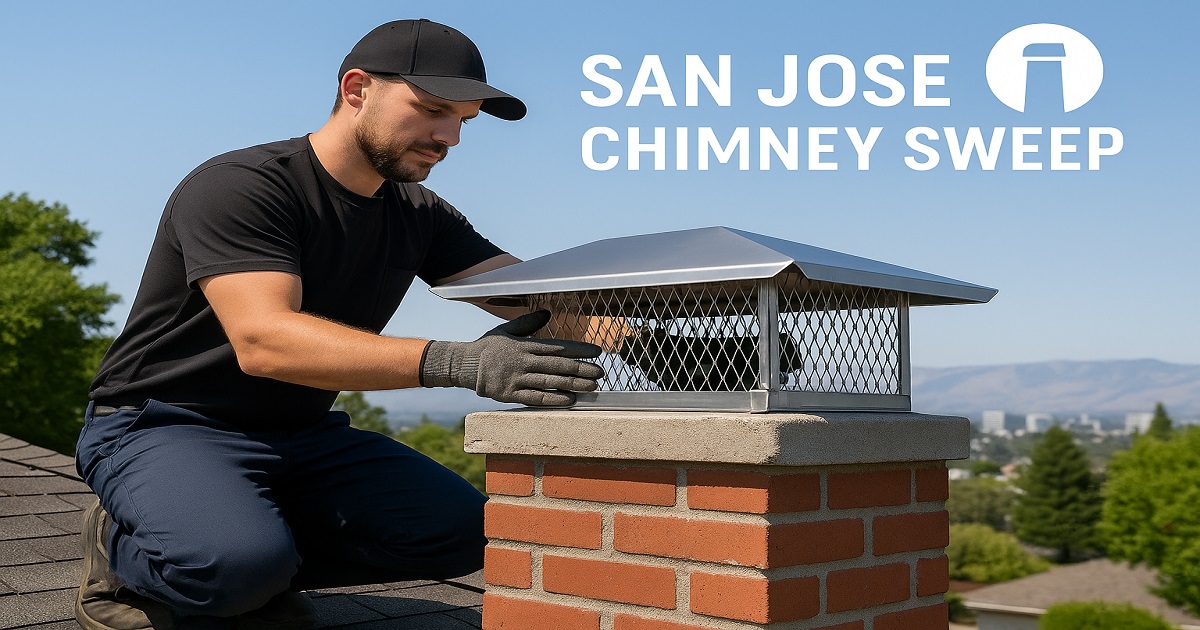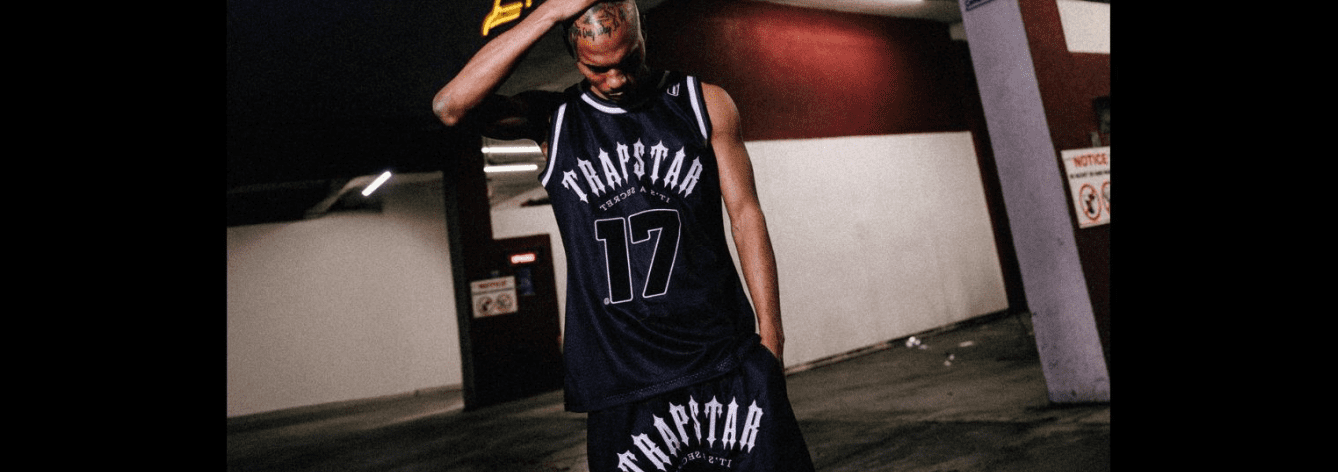
If you live in San Jose and have a fireplace or wood-burning stove, you might wonder why people keep talking about chimney caps. It’s not just a random accessory—this modest piece of metal can make a world of difference for your home. Let’s break down what a chimney cap does, why it’s a must-have for lasting protection, and how you can make sure yours is up to the job. Chimney Cap Installation
“A well-fitted chimney cap is like an umbrella for your home—quietly shielding you from surprises you never want to face.”
Why Your Chimney Needs a Cap
Think of a chimney cap as a helmet for your chimney. Without it, your chimney is like an open invitation to whatever Mother Nature (or local critters) wants to throw your way. Rain, leaves, nesting birds, and even embers can all end up inside, causing headaches you never saw coming.
Here’s a look at what a chimney cap helps you avoid:
- Rain damage: Water slipping into your chimney can lead to rust, crumbling masonry, and moldy odors.
- Animal invasions: Birds, squirrels, and raccoons love finding cozy spots. Without a cap, your chimney is up for grabs.
- Debris buildup: Leaves and twigs can block the flue, making it dangerous to light a fire.
- Sparks escaping: A good cap keeps sparks inside, lowering fire risks on your roof or yard.
Choosing the Right Chimney Cap for San Jose Homes
San Jose’s weather has its quirks—there are rainy months, dry spells, and plenty of wind. That means your chimney cap needs to handle all sorts of conditions. Not all caps are created equal, so picking the right one matters.
| Cap Material | Features | Best For |
|---|---|---|
| Stainless Steel | Rust-resistant, sturdy, good in wet weather | Long-term use, coastal or rainy areas |
| Copper | Attractive, forms a natural patina, durable | Decorative look, historic homes |
| Galvanized Steel | Affordable, basic protection, lighter weight | Budget-friendly, temporary solution |
Most San Jose homeowners who want lasting protection go for stainless steel—mainly because it stands up to rain and doesn’t rust easily. Copper is a great pick if you want to add some charm, but it’s pricier. Galvanized steel works if you’re in a pinch or planning on a short-term fix.
How Installation Works: What to Expect
Installing a chimney cap isn’t rocket science, but having a professional do it can save you time and future trouble. Here’s a simple walk-through of what usually happens:
- Inspection Time: The installer checks out your chimney to see what size and style of cap will fit best. They’ll also look for cracks or signs of damage.
- Choosing the Cap: Based on your chimney and what you want, they’ll pick a cap that matches your needs—material, size, and style.
- Securing the Cap: They fit the cap onto the top of your chimney and make sure it’s snug. Screws or clamps hold it in place, so it won’t fly off during a windy San Jose storm.
- Final Check: Before leaving, the installer double-checks everything, making sure there are no gaps or loose ends.
It doesn’t take all day—most jobs are wrapped up in an hour or two. If you’re handy, you might be tempted to DIY, but balancing on a rooftop is best left to pros who do this every day.
Keeping Your Chimney Cap Installation in Tip-Top Shape
Once your chimney cap is up and doing its job, it’s easy to forget about it. But just like any other part of your house, it needs a little attention every now and then.
- Check it each spring and fall for signs of rust, dents, or clogs.
- After big storms, make sure it hasn’t shifted or come loose.
- If you spot any nests, leaves, or debris, have them cleared out right away.
A quick inspection twice a year is usually enough. If you ever spot damage, call a chimney pro to swap out the cap or make repairs before the next rain hits.
Frequently Asked Questions about Chimney Cap Installation
Q: Can I install a chimney cap myself?
A: You can, but it’s not always the safest choice—chimneys are high up and sometimes hard to reach. A professional will make sure the cap fits right and stays put.
Q: How long does a chimney cap last in San Jose?
A: With the right material, like stainless steel, you can expect your cap to last 10–20 years or more, as long as you keep an eye on it.
Q: What if I don’t have a chimney cap?
A: Without a cap, your chimney is exposed to water, animals, and debris—this can lead to expensive repairs and safety hazards down the road.
Q: Do chimney caps affect how well my fireplace works?
A: A properly fitted cap won’t block smoke or airflow. In fact, it can help by keeping the flue clear and reducing downdrafts.
Wrapping Up
San Jose’s weather can be unpredictable, but one thing you can count on is the peace of mind a chimney cap brings. It’s a small investment that puts a stop to water leaks, animal invasions, and dangerous sparks. Whether you’re moving into a new place or giving your longtime home some TLC, don’t skip this simple step. Your chimney (and your wallet) will thank you for years to come.
Read More: San Jose Chimney Sweep





